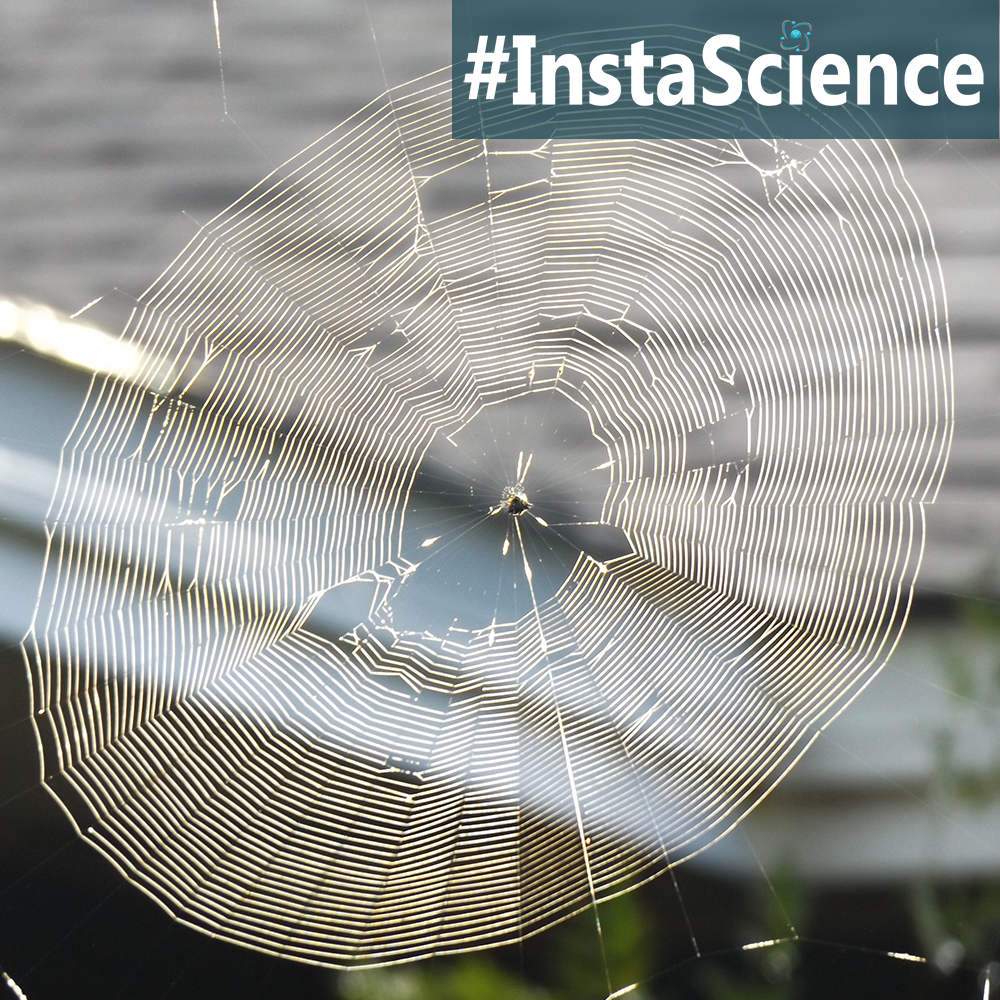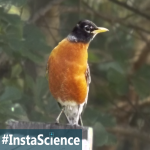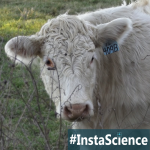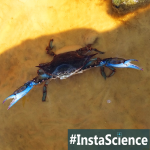
I just finished reading Charlotte’s Web to my youngest, and like most children, he was captivated by the spiders incredible spinning skills. Every time we read this classic we become keenly aware of the spiders in our little patch of earth. And that’s how we came to spot this dew-kissed spider web carefully set between two trees in our backyard.
Spiders spin their webs in all different kinds of shapes and sizes with a single purpose in mind – to catch food. It turns out that spiders don’t have very good eyesight, but they are able to detect the vibrations that are created when their prey is trapped in the sticky threads of their web. Once they detect their catch, they run over bite their victim and surround it with silk, saving their meal for another time.
The silk that a spider can spin is super strong and just a bit sticky, thanks to tiny droplets of glue that the spider deposits on it. The silk is made of a protein so complex that scientists have not been able to reproduce it in the lab. Spiders will often eat their webs to recycle the material, which gives them the energy to produce another web.
All spiders spin silk, but not all spiders spin webs. The spiders that do spin webs have special claws at the tips of their legs so that they can swing from place to place as they form their web. They also secrete an oily substance that helps to keep the spiders from sticking to their own webs.
Fun Fact – The strongest silk belongs to the Darwin’s Spider, which spins threads that are ten times tougher than the ones used to make Kevlar!
More Homeschool Science Helps
- This time last year, we shared about basalt.
- Don’t miss these Crazy Colors {A Halloween Science Activity} wherein you can teach your kids about acids and bases.
Links to Research
- 9 Amazing Facts About Spider Silk
- 84 Fun Facts About Spider Webs
- Spider Facts from Kidzone
- Spider Facts from Fact Retriever
- {Video} Spider Web Construction in Slow Motion





Join the Community!